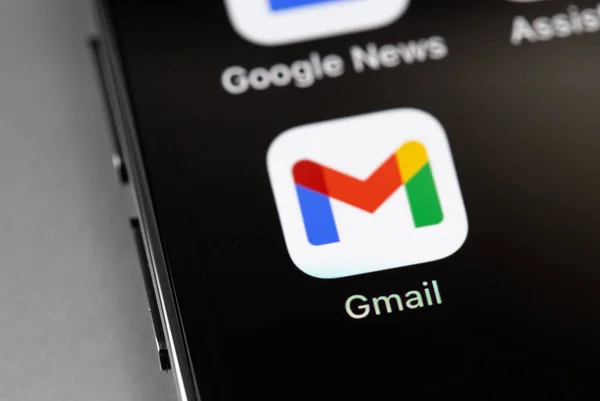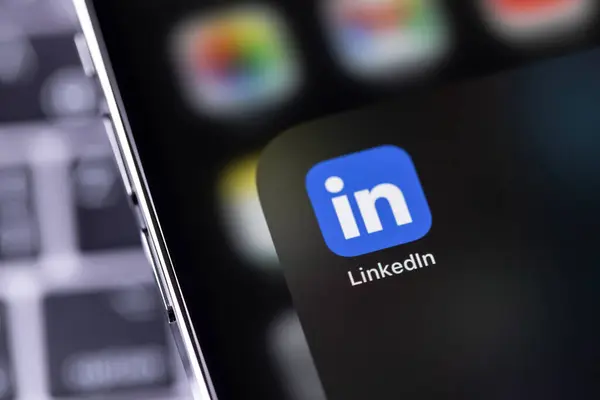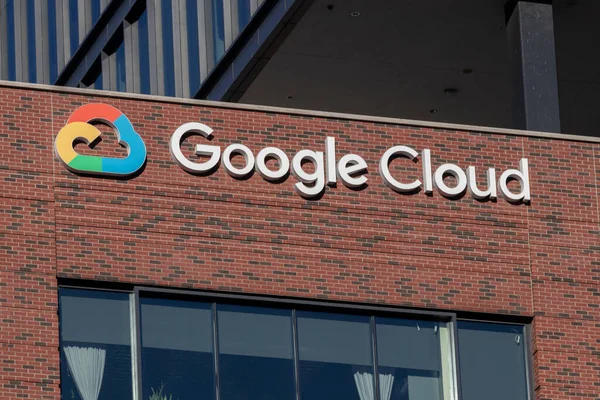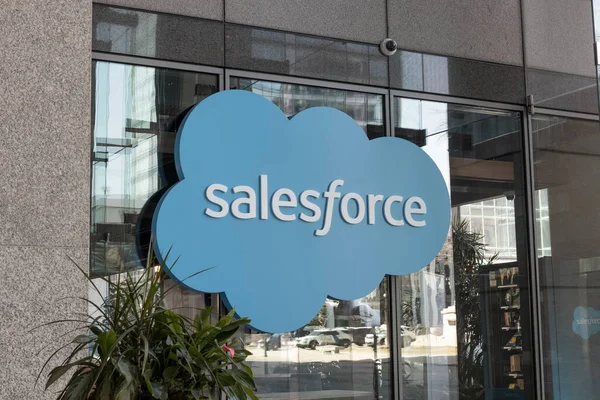
It started with an intrusion from far away from Google’s own servers. This month, hackers took advantage of holes in Salesforce’s cloud platform, gaining access to a database connected to Google Cloud and Gmail accounts. Although Google has maintained its systems are not affected, the ripple effect has been quick and ominous. Cybercrime gang ShinyHunters, already under suspicion for breaches at AT&T, Microsoft, Santander, and Ticketmaster, is suspected of being behind the attack and their methods are changing.

1. Salesforce Weaknesses and the Entry Point
The Salesforce compromise exposed publicly available business data, but in the hands of skilled attackers, even such data can be weaponized. Security analysts note that Salesforce instances, when misconfigured, can leak metadata and contact information through overly permissive API endpoints. These endpoints, if left unprotected, can be scraped in bulk, giving attackers valid email addresses and organizational context the perfect fodder for spear phishing campaigns. Google’s Threat Intelligence Group (GTIG) initially saw related activity in June, noticing “overlapping tactics, techniques, and procedures” consistent with ShinyHunters’ previous activities.

2. The Emergence of AI-Fueled Phishing
The breach aligns with an uptick in AI-powered phishing campaigns targeting Gmail users. Unlike its crude predecessors, this attack uses big language models to create perfect, targeted messages. Some even integrate phone-based “vishing” with email, such as in the case of a phony Google Security phone call being used in conjunction with a well-designed Gmail alert complete with valid DKIM signatures. The FBI has alerted that this AI-generated content can fool even experienced professionals within less than one minute.

3. Social Engineering at Scale
ShinyHunters and other gangs monetize the contact information sourced from Salesforce to pose as IT personnel, vendors, or executives. Classic social engineering but amplified and fueled through automation. Scrape LinkedIn and other publicly available sources to craft messages, mentioning actual coworkers or just-completed projects. Google has indicated that these efforts have enabled several “successful intrusions” since the breach, targeting mostly English-speaking subsidiaries of multinationals.

4. Sophisticated Technical Deception
Today’s phishing kits feature metadata spoofing and “Open Graph Spoofing,” so malicious links look legitimate in previews. The attackers place imitation login pages on subdomains such as sites.google.com to utilize user trust in Google infrastructure. In a few instances, dangling bucket attacks stealing deleted Google Cloud Storage bucket names have been utilized to distribute malware or steal data. These attacks circumvent many legacy filters, highlighting the necessity for layered defense.

5. Business Email Compromise and Extortion Threats
GTIG cautioned that ShinyHunters “could be laying the groundwork to take their extortion game to the next level by starting a data leak website.” That fits with an overall pattern: business email compromise (BEC) scams, frequently AI-facilitated, now cost American businesses billions of dollars each year. Through taking control of one Gmail account, attackers can manipulate invoices, divert payments, or extort cryptocurrency ransoms in hours. Previous ShinyHunters attacks have involved calls for bitcoin payment in 72 hours, accompanied by threats to release stolen information.

6. Gmail User Defense Measures
Google has asked all 2.5 billion Google Cloud and Gmail users to update passwords, turn on two-factor authentication, and keep an eye out for scam messages. Password experts suggest using different passwords in a trusted password manager, authenticating sender domains, and not clicking on links in unsolicited messages. Gmail’s built-in features block more than 99.9% of phishing attacks on their system, but AI-generated attacks can get past, so user caution is essential.

7. Supplementing Google’s Protections
Third-party products such as Trustifi and StrongestLayer provide AI and machine learning–based filtering that inspects email intent, identifies impersonation, and suspends malicious links in real time. These solutions can scan QR codes for “quishing” attacks, track browser behavior against fake login pages, and adapt based on global threat intelligence to block zero-day phishing attacks. Since attackers refine their techniques in hours, such adaptability can be the difference-maker.

8. The Broader Implications
The Salesforce hack is the prime example of one of the fundamental facts of contemporary cybersecurity: an organization’s vulnerability extends beyond its own systems. Third-party sites, even containing just “public” information, may be platform launches for carefully aimed attacks. For Gmail accounts, the intersection of cloud service weaknesses, AI-enabled phishing, and professional cybercrime rings like ShinyHunters produces a continuous, dynamic risk environment.

Google’s message is clear: update your credentials, beef up your authentication, and be suspicious of any unexpected communication however convincing it might look. The breach might not have reached Google’s core infrastructure, but its ripple effects are having an impact in inboxes around the globe.

